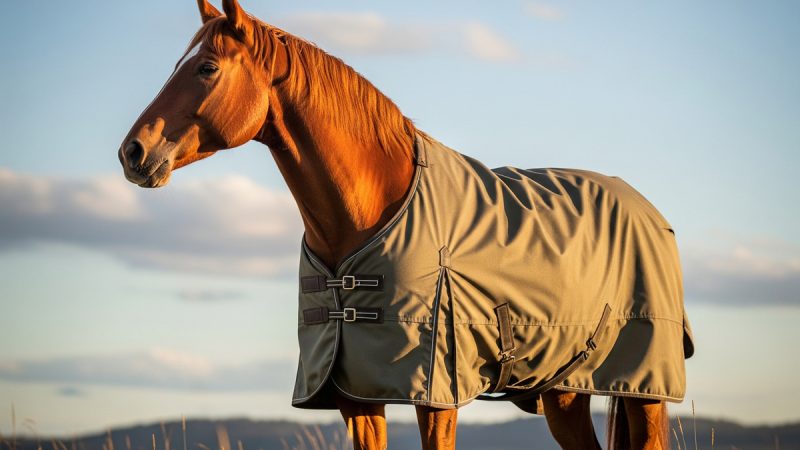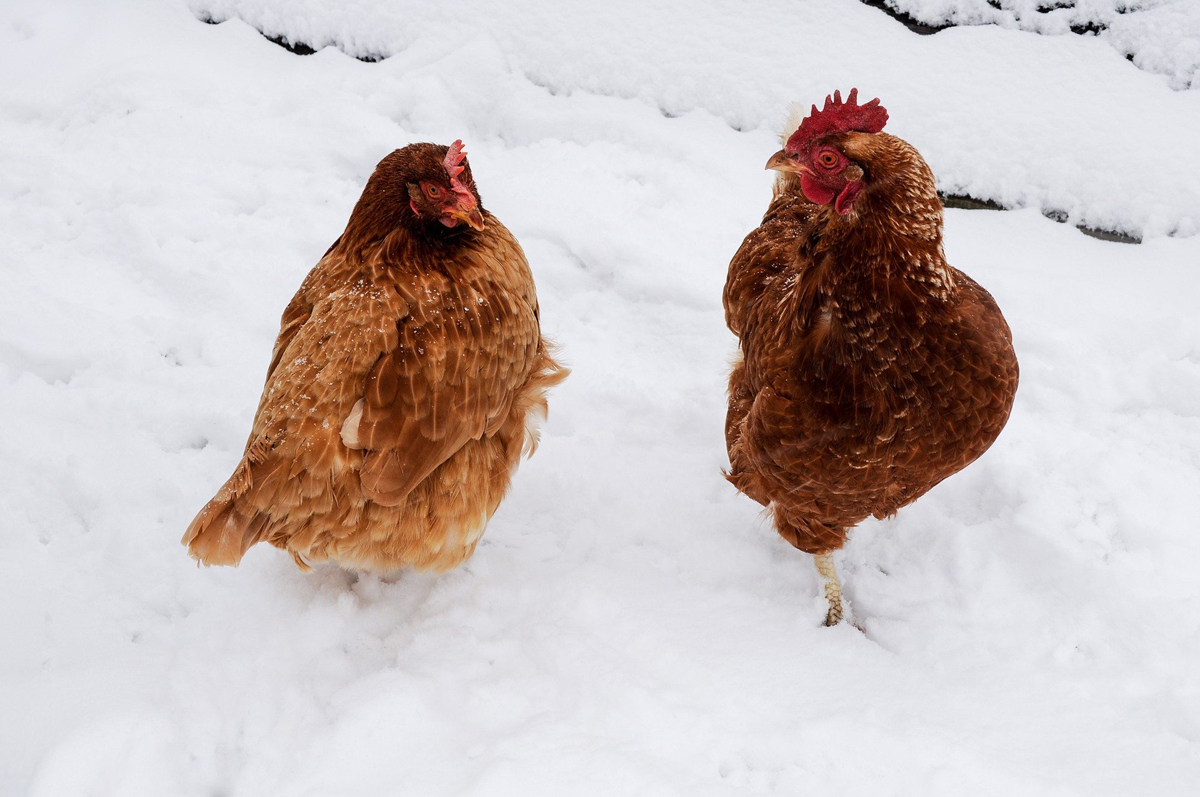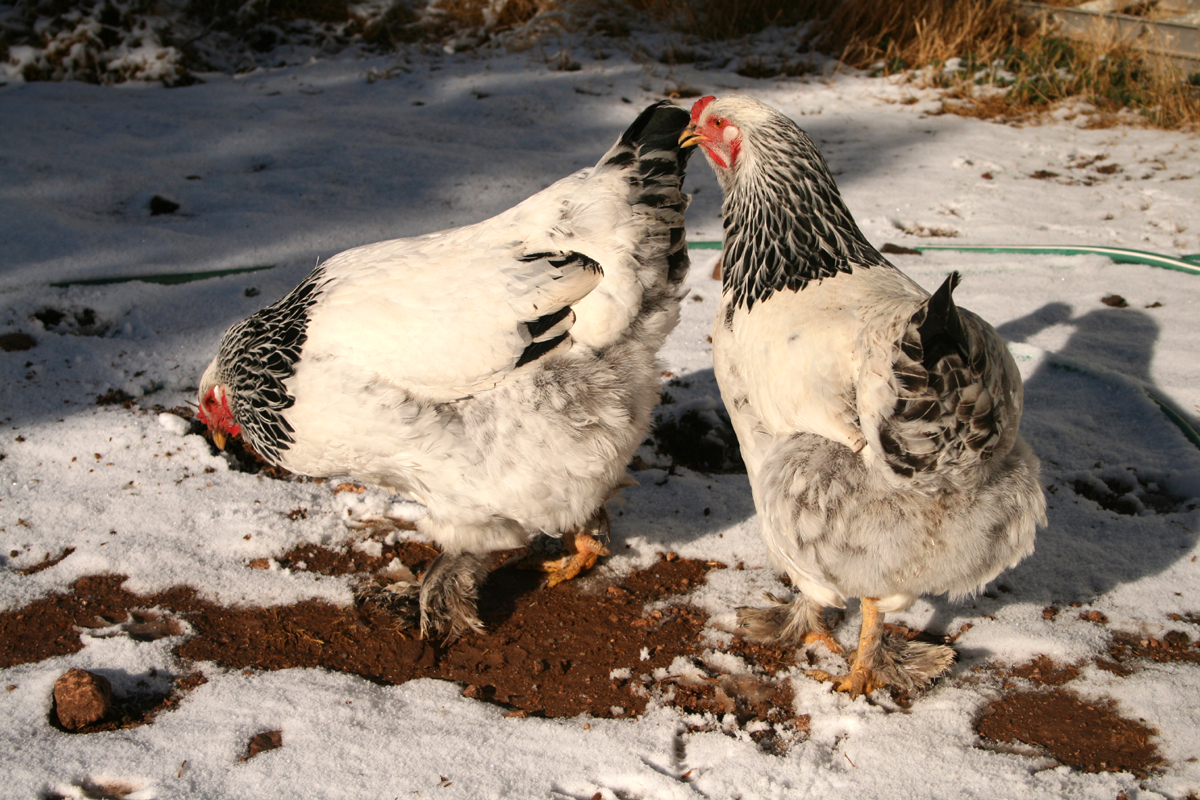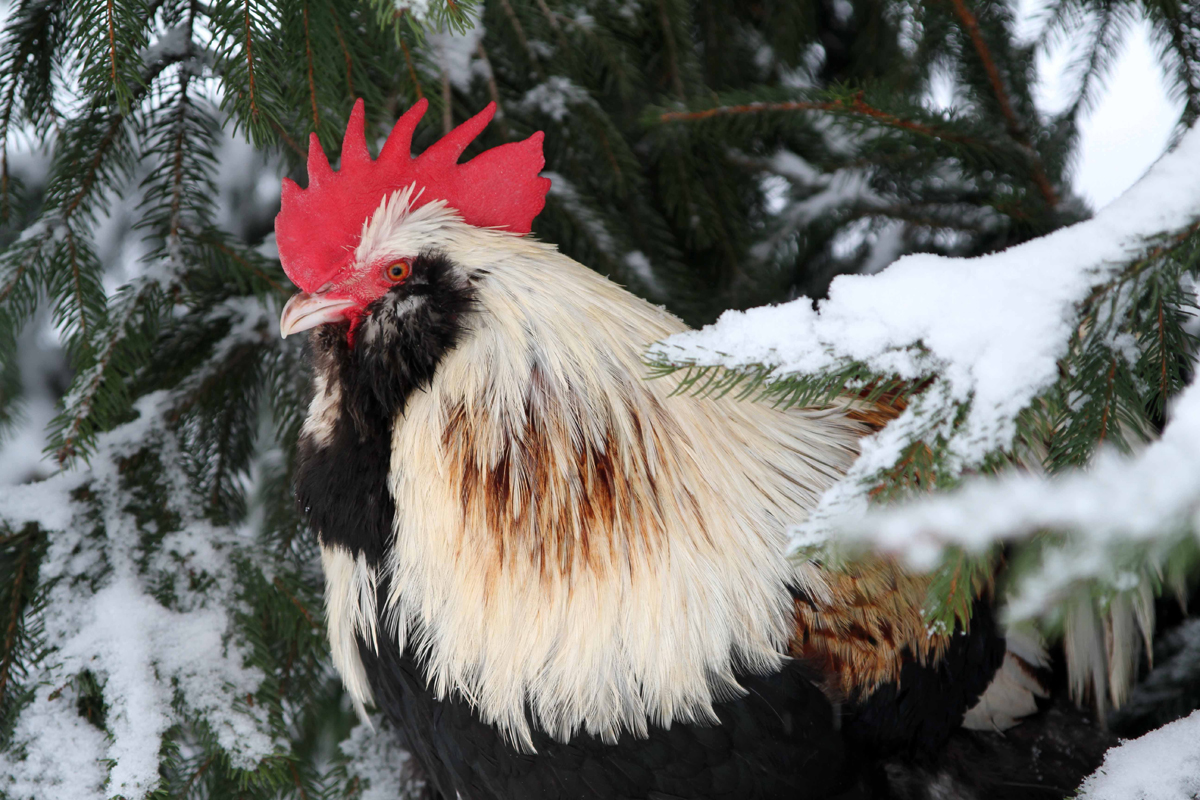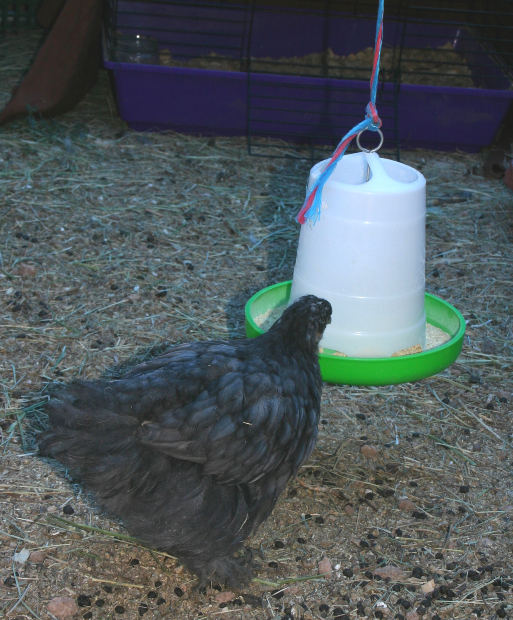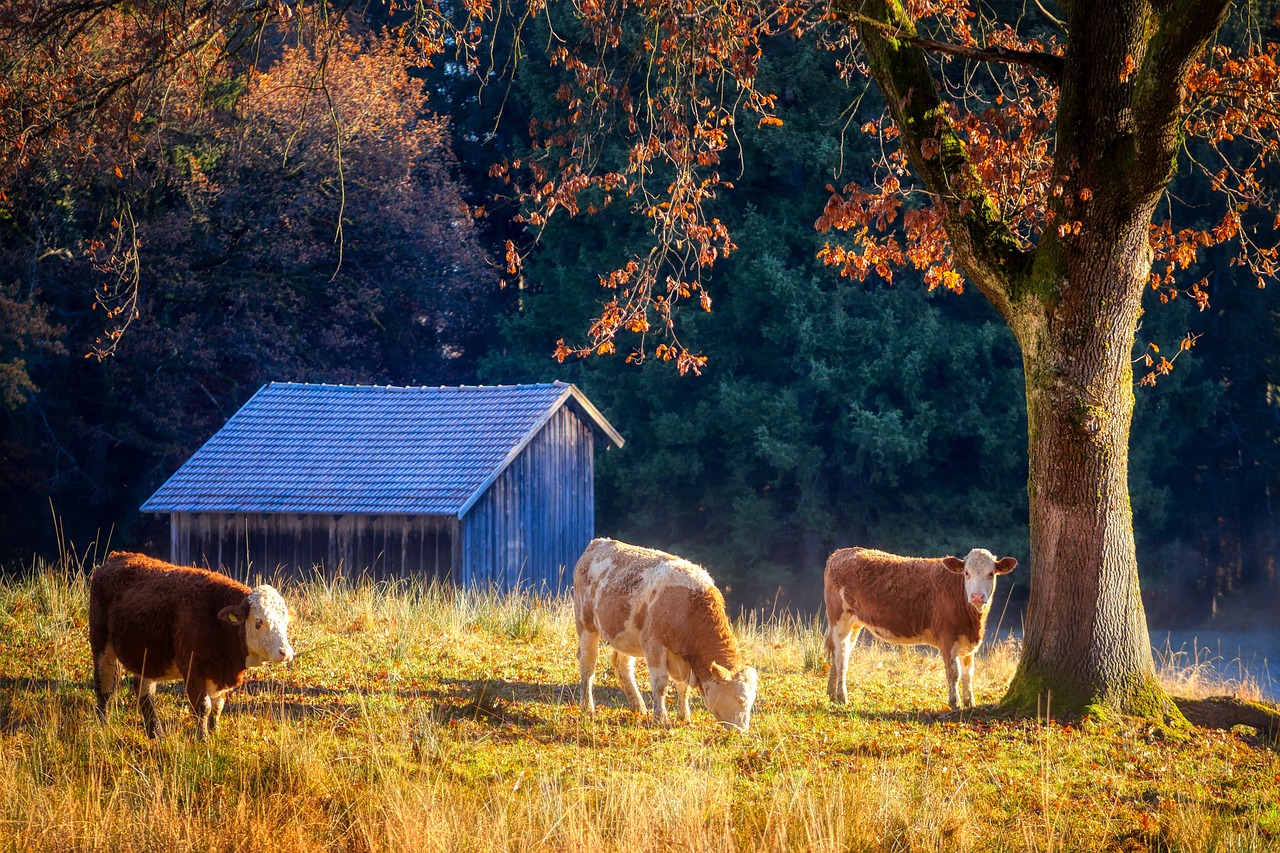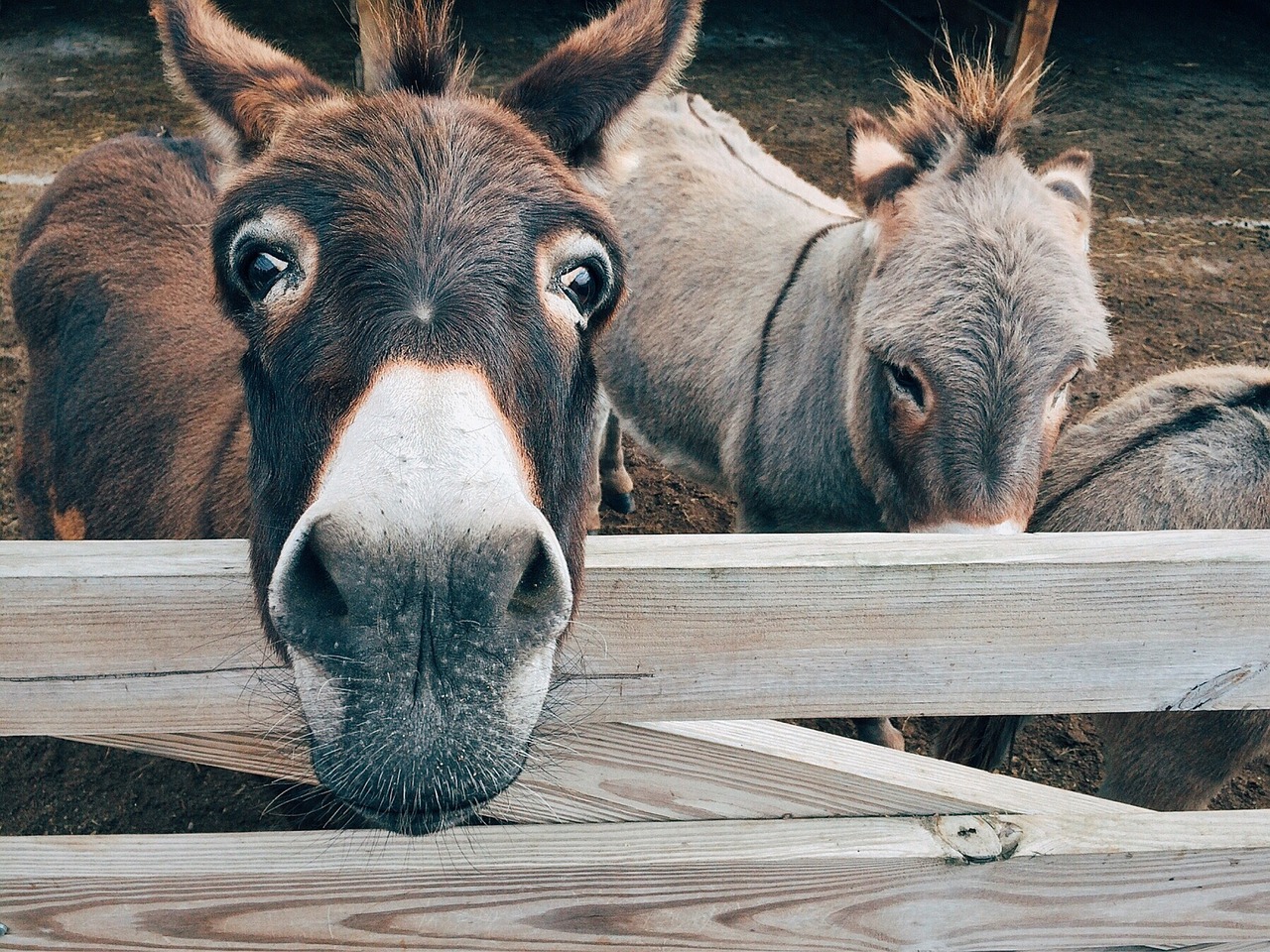Backyard Farming? Consider This Miniature Livestock
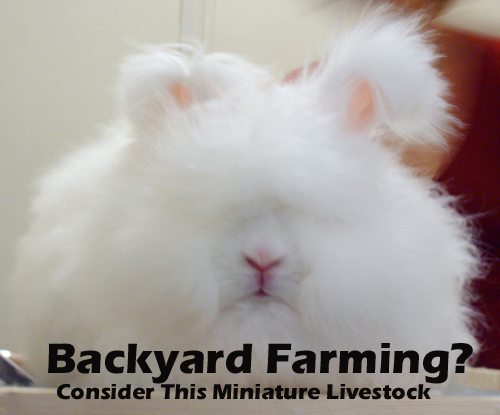
Backyard farming is very popular, and though it obviously encompasses urban farming, some small town and rural folks prefer to farm backyard sized plots as well.
An Often Overlooked Crop for Backyard Farming
When we think of backyard farming, most think of growing food crops: heirloom vegetables, micro greens, honeybee products and micro flocks of three or four laying hens.
But don’t forget about fiber. Farms have always produced both food and fiber, and society wants eco-friendly, humane, locally produced and artisan fiber products as well.
The angora rabbit produces a beautiful luxurious fiber with next-to-the-skin softness and when the fiber is hand harvested rather than shorn as it is in commercial operations, it commands a premium price. The fiber is a great backyard farming product which can be sold straight from the rabbit, after being carded (a pleasant task done with a simple tool), after being handspun, or after being made into knitted items.
What Do Rabbits Eat – An A-Z Guide to What Do Rabbits Eat
Another crop you can sell to other backyard farmers and gardeners is composted rabbit manure for their gardens. One micro farmer made a business out of composting rabbit manure with red worms, and selling it in bags to other growers. It’s great on your own garden, also.
Angora rabbits are need daily care including grooming, but they can work well for backyard farming because they can be kept in very small areas humanely, and can even thrive in a “rabbit tractor” similar to a chicken tractor (there are important differences, though, so don’t simply stick Fluffy in with Henny Penny). One urban farming enthusiast keeps her micro rabbit ranch in large pens in a spare room in her apartment, taking them out regularly for brushing, exercise and harvesting the wool. Two-story rabbit homes can give angora rabbits plenty of space and exercise while taking up very little room.
The Author:
For more backyard farming information, see the Center for the Micro Eco-Farming Movement’s homepage at Micro Eco-Farming.
Photo. Clevername

